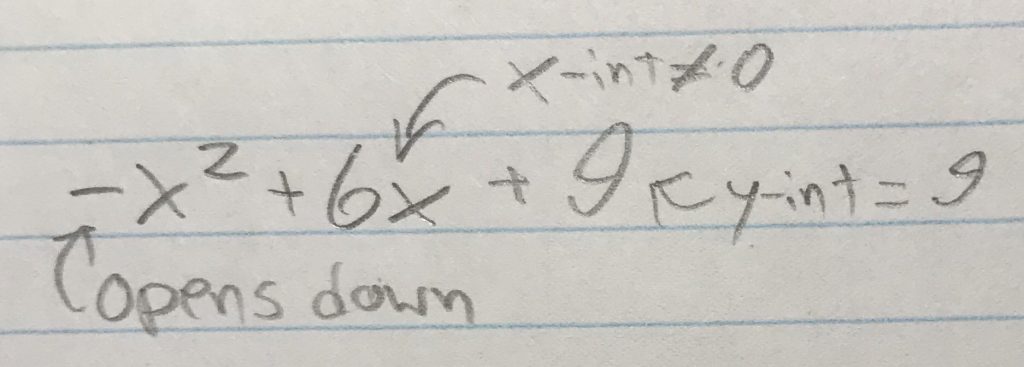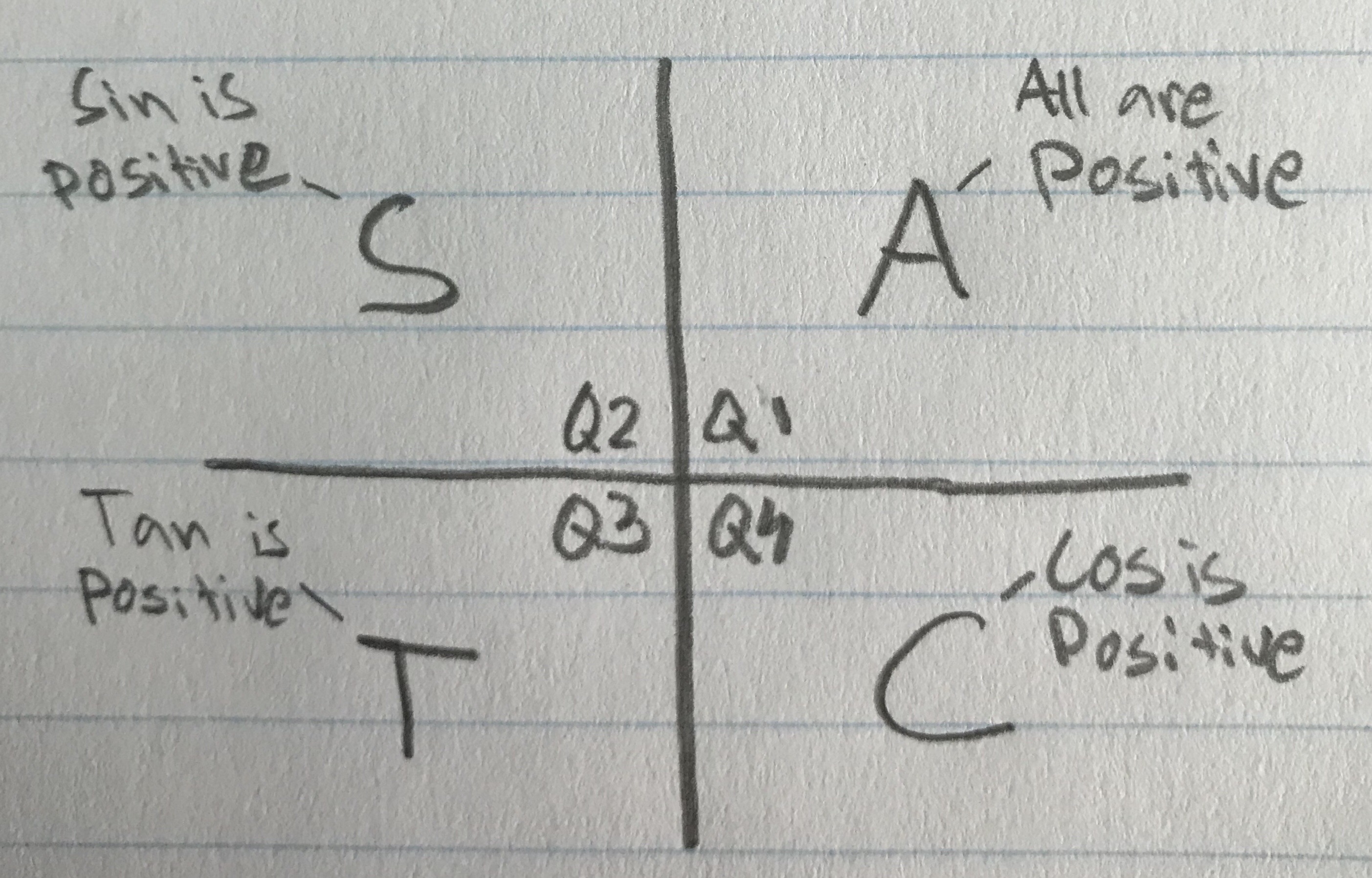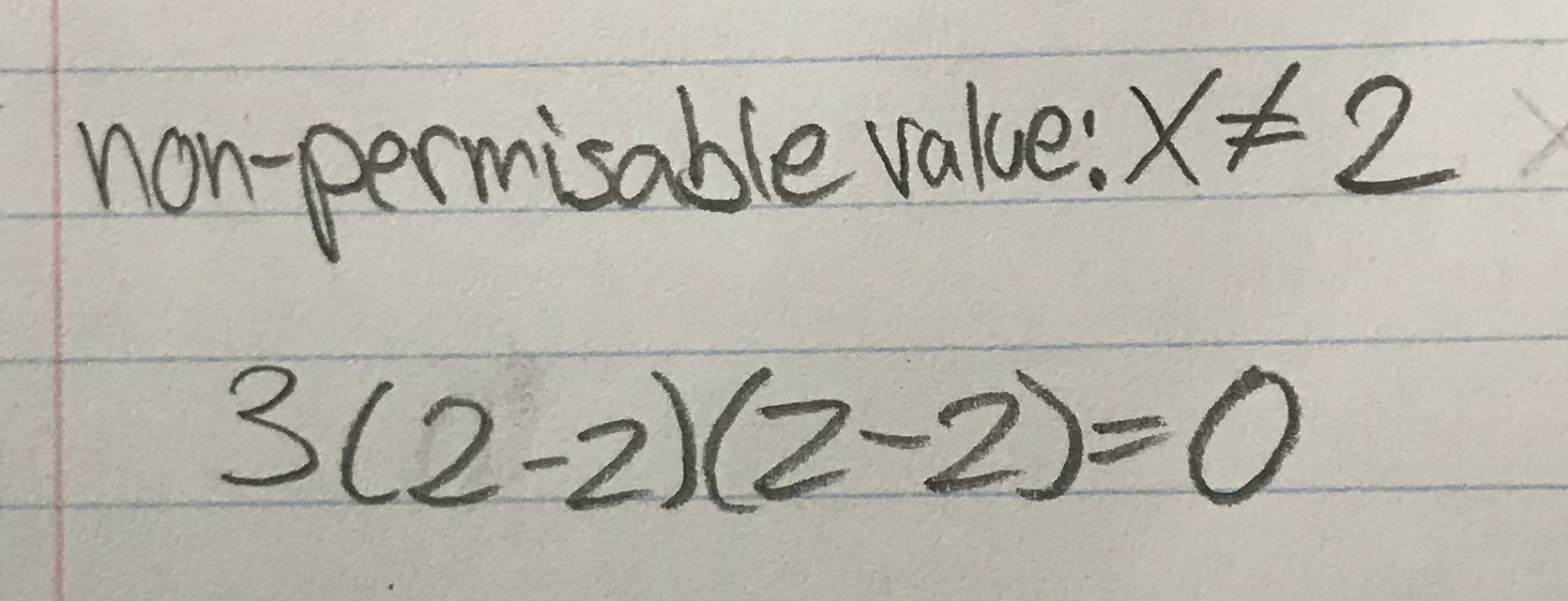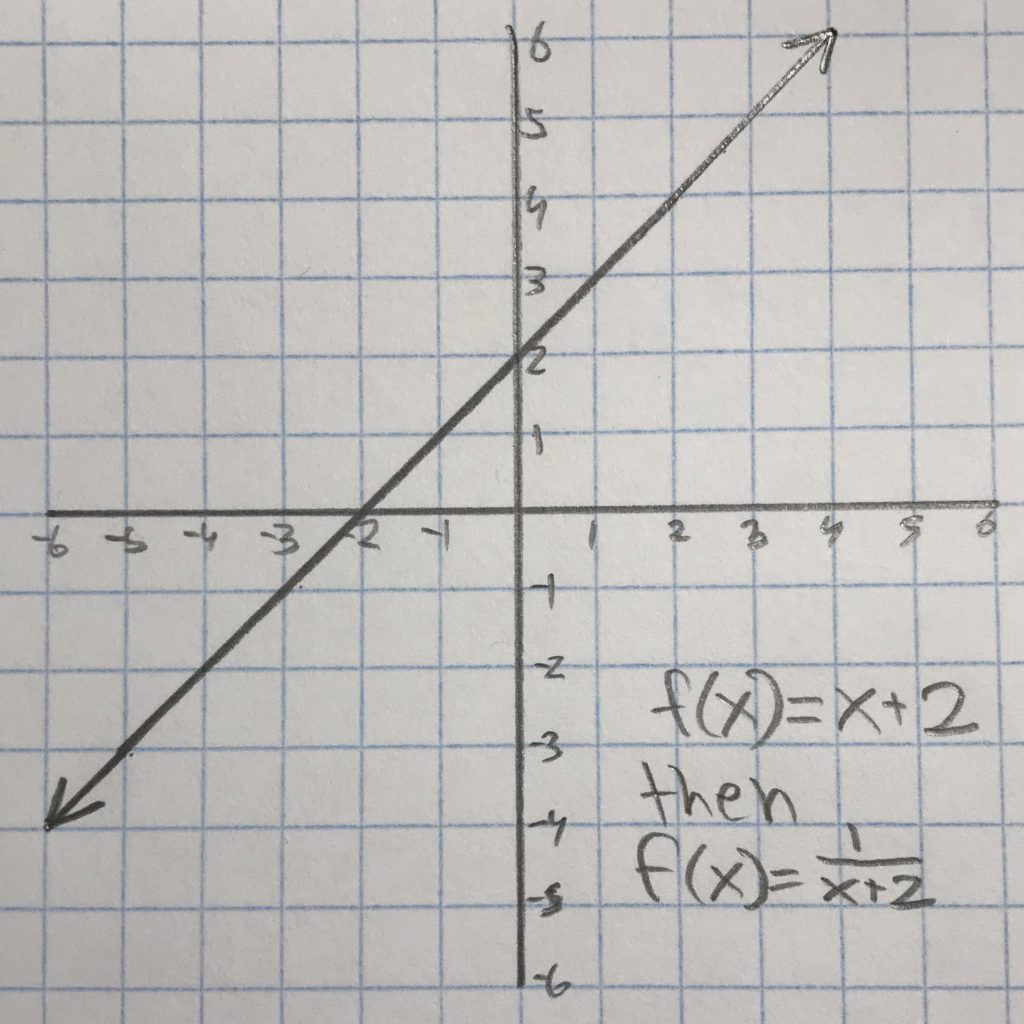These are the top 5 things I learned this year in pre-calculus 11.
5: CDPEU
CDPEU (Can divers pee easily underwater) is a strategy I learned to easily factor equations.
C- Common (are there any common factors?). If yes, then take out the common factors.

D- Diffrence of squares (is there a difference of squares?). If yes, then you could easily factor.

P- Pattern (does it follow the pattern of ?). If yes then you could factor.

U- Ugly (Is it an ugly equation or can it be easily factored?), is there a coefficient in front or no? If yes then you will need a strategy, like the box method.

CDPEU is very useful and easy to remember, it will definitely help me in pre-calculus and calculus 12.
4: The Box Method
When you have reached the U part of CDPEU and you’ve determined that the quadratic equation you have is difficult to factor, the box method comes in handy.
Step one: Take the 1st term and place in the top left section of the box, place the 3rd term in the bottom right.

Step two: Multiply the two terms. Then, find two terms of the resulting product, which add up to the 2nd term.

Step three: Insert the two terms you just got into the box, the order doesn’t matter. Then find the greatest common factor of each row and each column.

Step four: combine the terms on the right into a binomial, then the terms on the bottom; you have your answer.

3: The Discriminant
The discriminant is the portion of the quadratic formula. The discriminant is useful for determining the amount of solutions your quadratic equation has. You simply plug in the numbers from your quadratic equation into the discriminant and depending on the answer, you will know how many roots there are. If your answer is positive: there are 2 solutions, if the answer is 0: there is 1 solution, and if the answer is negative: there are no solutions. The discriminant is very useful, prior to solving the quadratic equation it’s always good to check the discriminant, if it’s negative, you already have your answer: there are no roots.
Step one: Identify abc values, and insert them into equation
Step two: Solve and identify how many roots there are based on the answer
2: Identifying Characteristics of a Parabola From an Equation
When you are given a quadratic equation and are asked to graph it, it is important to know what each part of an equation means.
General Form: The General Form quadratic equation is one of the most common. The General Form equation tells you many things about a parabola. If term a of the equation is negative, you know that the equation opens down. Term c is always the Y-intercept. If there is no term c, that means the parabolas y-int is 0. If there is a middle term, that means that the parabola has moved somewhere along the a-axis (its x-int is not 0).
Standard Form: The Standard Form reveals the most important thing for graphing a quadratic equation: the vertex. P tells you the x value of the vertex, while q tells you the y value. But, when you take the p value to form the vertex, it’s sign always changes (if p was positive in the brackets, the vertex value is negative). The a value also tells you if the parabola stretches or compresses, if the a value is a>1, the parabola stretches, if 0<a<1, then the parabola compresses.
1: Changing from General Form to Standard Form
You cannot find the vertex of a parabola, just by looking at the General Form equation. So if you need to graph a parabola you must change the General Form into Standard Form. We can do this by completing the square.
Step one: Take half of the middle term, and square it. Then add the squared number to the first two terms, and subtract the squared number from the last term.
Step two: Factor what you have, and simplify. We know the vertex is at (-4,-4)
































